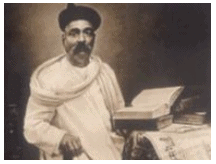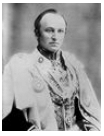Test: The Making of National Movement (1870-1947) - Class 8 MCQ
10 Questions MCQ Test - Test: The Making of National Movement (1870-1947)
Identify this great personality who coined the slogan: "Freedom is my birthright and I shall have it"

From the following list of the names of the leaders, who did not belong to the trio- Lal-Bal-Pal?
Name the Viceroy who was responsible for partitioning Bengal in 1905?

Unless British control over the resources of India and its people was ended, India could not be for Indians. So the first and foremost task of every Indian was to fight against foreign rule till it was rooted out. The British began to take action. When was the Arms Act (that disallowed Indians from possessing arms) passed?
A list of leaders are given below, identify the leader who is NOT considered as a Moderate but a Radical.
Name the Marathi newspaper edited by Balgangadhar Tilak criticizing the British rule.
In 16 October 1905, how was Bengal partitioned as:
Name the movement launched following the Partition of Bengal.
Some important features of the Swadeshi Movement are given below. Pick out the one that is not applicable to the Swadeshi Movement.
He is a nationalist from Punjab and one of the leading members of the Radical group which was critical of the politics of petitions. He was also an active member of the Arya Samaj. Identify this great personality who fought for the freedom of India.


















